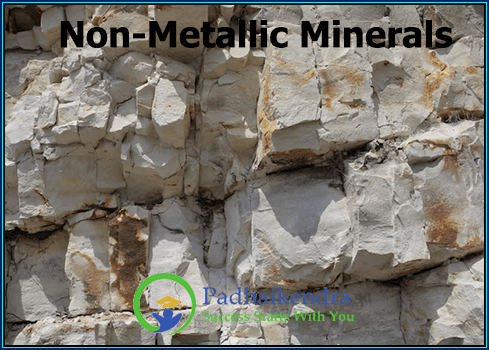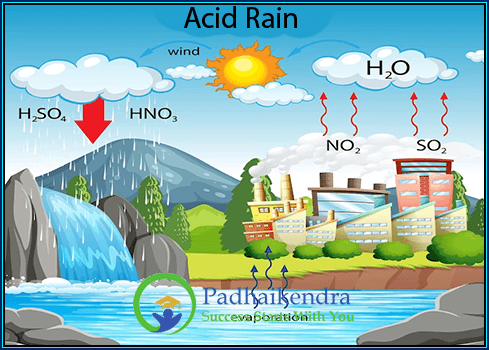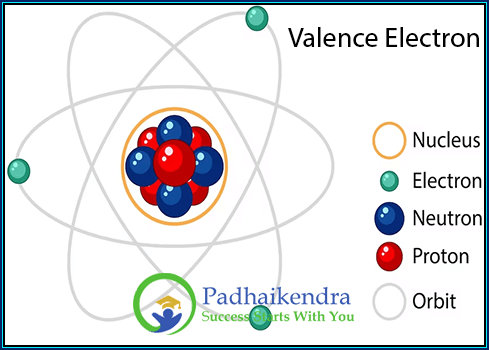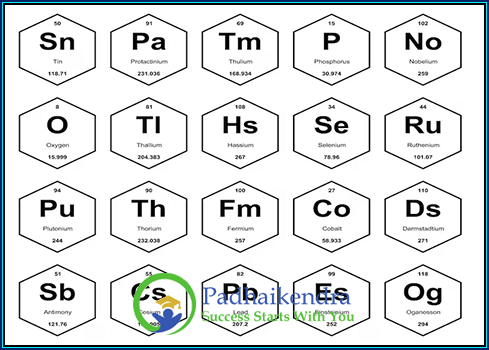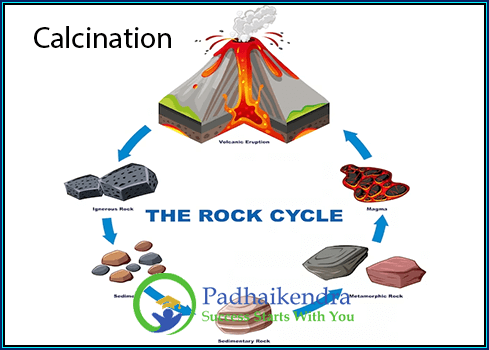What are Non-Metallic Minerals?
Non-metallic minerals are naturally occurring inorganic substances that do not contain any metals. They have a wide range of properties, including being brittle, poor conductors of heat and electricity, and having a dull or frosted appearance. Non-metallic minerals can be found in all three states of matter: solid, liquid, and gas.
Types of Non-Metallic Minerals
There are many different types of non-metallic minerals, including:
Cementitious minerals: These minerals are used to make cement, which is a key ingredient in concrete. Examples of cementitious minerals include limestone, dolomite, and clay.
Inorganic non-metallic minerals: These minerals are used in a variety of applications, including glassmaking, ceramics, and fertilizers. Examples of inorganic non-metallic minerals include quartz, feldspar, and mica.
Organic non-metallic minerals: These minerals are derived from living organisms, such as coal, petroleum, and natural gas.
Uses of Non-Metallic Minerals
Non-metallic minerals are used in a wide variety of applications, including:
Construction: Non-metallic minerals are used to make a variety of construction materials, including concrete, bricks, and tiles.
Manufacturing: Non-metallic minerals are used to make a variety of manufactured goods, including glass, ceramics, and fertilizers.
Energy: Non-metallic minerals, such as coal, petroleum, and natural gas, are used to generate electricity and power vehicles.
Other uses: Non-metallic minerals are also used in a variety of other applications, including medicine, cosmetics, and photography.
Importance of Non-Metallic Minerals
Non-metallic minerals are an important part of the modern world. They are used in a wide variety of applications, and they are essential for many industries. Non-metallic minerals are also a valuable natural resource, and they need to be managed and used sustainably.
Examples of Non-Metallic Minerals
Here are some examples of non-metallic minerals:
Cementitious minerals: Limestone, dolomite, and clay
Inorganic non-metallic minerals: Quartz, feldspar, and mica
Organic non-metallic minerals: Coal, petroleum, and natural gas
Non-Metallic Minerals FAQs
- Limestone is used as a building material, in the production of cement, and as a raw material for manufacturing glass.
- Gypsum is used in the construction industry for wallboard and as a soil conditioner in agriculture.
- Quartz is utilized in the production of glass, ceramics, and electronic components.
- Clay is used in the production of bricks, tiles, and pottery.
- Mica is used in electrical insulators, cosmetics, and as a filler in paints and plastics.
- Non-metallic minerals do not contain metals and lack metallic properties like conductivity and malleability.
- Non-metallic minerals are often used for their physical properties, such as hardness, heat resistance, or insulation capabilities, while metallic minerals are valued for their metal content and associated properties.
- Quarrying: Non-metallic minerals like limestone or granite are often extracted from quarries using explosives and heavy machinery.
- Mining: Some non-metallic minerals, such as salt or phosphate, are mined underground or in open-pit mines.
- Solution mining: This method involves pumping a solvent into underground mineral deposits to dissolve and extract the desired minerals.

